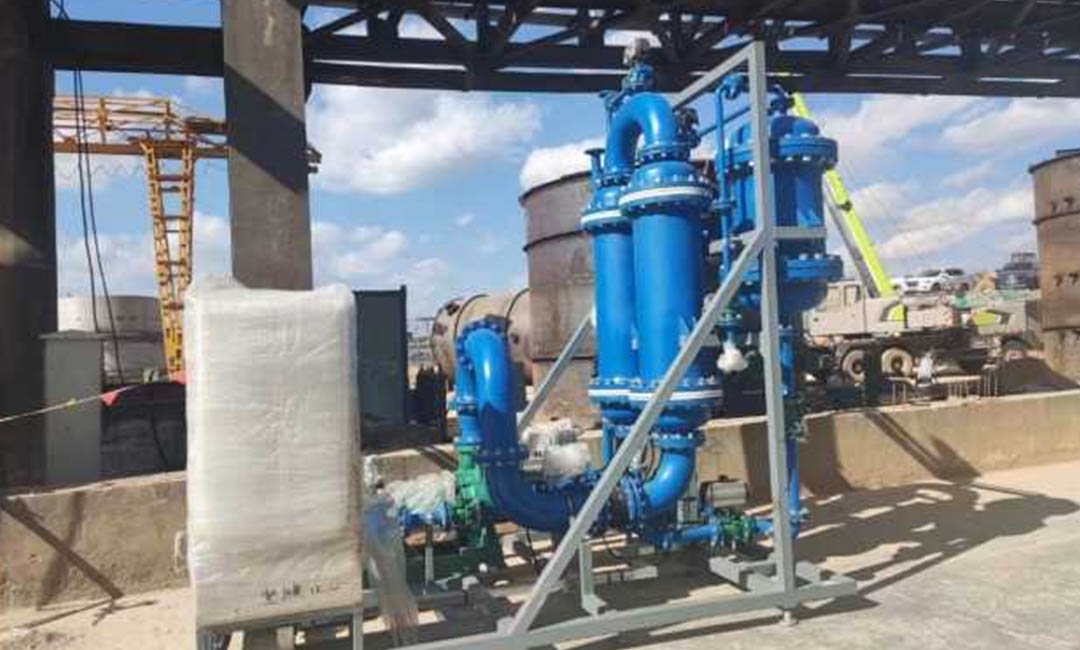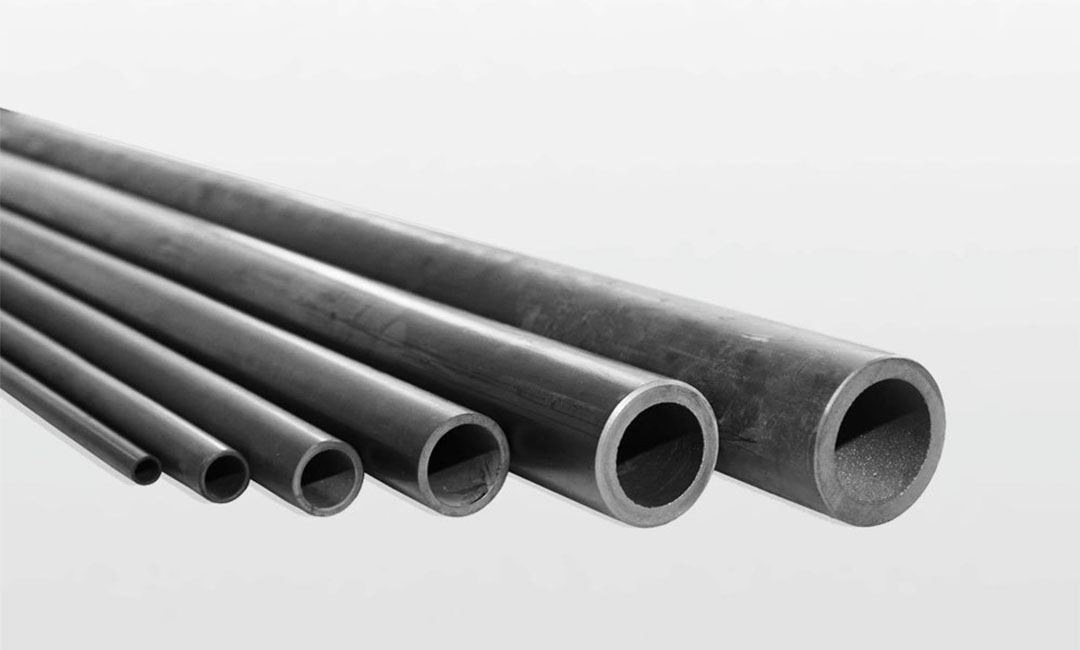Benefits of Using SiC Gas Separation Membranes in High-Pressure Systems
Gas separation membranes play a crucial role in various industrial processes, including gas purification, natural gas processing, and hydrogen production. These membranes are designed to selectively separate different gases based on their size, shape, and chemical properties. Silicon carbide (SiC) membranes have emerged as a promising option for gas separation applications, particularly in high-pressure systems. SiC membranes offer several advantages over traditional polymeric membranes, including higher thermal stability, chemical resistance, and mechanical strength.
One of the key benefits of using SiC gas separation membranes in high-pressure systems is their efficiency in separating gases. SiC membranes have a high permeability to gases such as hydrogen, helium, and carbon dioxide, while being impermeable to larger molecules such as methane and nitrogen. This selective permeability allows for the efficient separation of gas mixtures, resulting in high purity gas streams. In addition, SiC membranes have a high flux rate, meaning they can process a large volume of gas in a short amount of time, making them ideal for high-pressure applications where fast gas separation is required.
Another advantage of SiC gas separation membranes is their stability in high-pressure environments. Traditional polymeric membranes are prone to degradation and failure under high-pressure conditions, leading to decreased efficiency and increased maintenance costs. SiC membranes, on the other hand, are highly resistant to pressure fluctuations and can withstand pressures of up to 100 bar or more. This stability ensures reliable performance and long-term durability in high-pressure systems, making SiC membranes a cost-effective solution for gas separation applications.
Furthermore, SiC gas separation membranes offer excellent chemical resistance, making them suitable for a wide range of industrial processes. SiC is inert to most chemicals and can withstand harsh operating conditions, including high temperatures and corrosive environments. This chemical resistance ensures the integrity of the membrane structure and prevents degradation over time, resulting in consistent gas separation performance. In addition, SiC membranes are easy to clean and maintain, reducing downtime and increasing overall system efficiency.
In conclusion, SiC gas separation membranes are a highly efficient and stable solution for high-pressure systems. Their selective permeability, high flux rate, and chemical resistance make them ideal for a wide range of gas separation applications, including gas purification, natural gas processing, and hydrogen production. By using SiC membranes, industries can achieve high purity gas streams, reliable performance, and cost-effective operation in high-pressure environments. As the demand for clean energy and sustainable processes continues to grow, SiC gas separation membranes will play a crucial role in meeting these challenges and driving innovation in gas separation technology.
Challenges and Solutions for Ensuring Efficiency and Stability of SiC Gas Separation Membranes
Gas separation membranes play a crucial role in various industrial processes, including natural gas purification, hydrogen production, and carbon capture. Among the different types of membranes available, silicon carbide (SiC) membranes have gained significant attention due to their high thermal stability, chemical resistance, and excellent mechanical properties. However, the efficiency and stability of SiC membranes in high-pressure systems present several challenges that need to be addressed to ensure optimal performance.
One of the primary challenges faced by SiC gas separation membranes in high-pressure systems is membrane fouling. Fouling occurs when contaminants in the feed gas stream deposit on the membrane surface, reducing its permeability and efficiency. This can lead to a decrease in gas separation performance and an increase in operating costs. To mitigate fouling, proper pretreatment of the feed gas stream is essential to remove particulate matter, oil, and other impurities that can foul the membrane. Additionally, the design of the membrane module and operating conditions must be optimized to minimize fouling and prolong membrane life.
Another challenge in high-pressure systems is membrane degradation due to mechanical stress and thermal cycling. SiC membranes are known for their high mechanical strength and thermal stability, but prolonged exposure to high pressures and temperature gradients can lead to membrane damage and failure. To address this challenge, researchers are exploring novel membrane fabrication techniques and materials that can enhance the mechanical properties and thermal stability of SiC membranes. Additionally, advanced modeling and simulation tools are being used to predict membrane performance under different operating conditions and optimize membrane design for improved stability.
In addition to fouling and degradation, the performance of SiC gas separation membranes in high-pressure systems can be affected by gas permeation properties and selectivity. SiC membranes are known for their high permeability to gases such as hydrogen and carbon dioxide, making them ideal for gas separation applications. However, achieving high selectivity between different gas species can be challenging, especially at high pressures where the differences in gas permeation rates are less pronounced. To improve selectivity, researchers are investigating surface modification techniques, such as functionalization and coating, to enhance the membrane’s affinity for specific gas molecules and improve separation efficiency.

Despite these challenges, SiC gas separation membranes offer significant advantages in high-pressure systems, including high chemical resistance, thermal stability, and mechanical strength. By addressing the challenges of fouling, degradation, and selectivity, researchers can unlock the full potential of SiC membranes for a wide range of industrial applications. Collaborative efforts between academia, industry, and government agencies are essential to drive innovation in membrane technology and develop solutions that ensure the efficiency and stability of SiC gas separation membranes in high-pressure systems.
In conclusion, SiC gas separation membranes have the potential to revolutionize gas separation processes in high-pressure systems, but several challenges need to be overcome to ensure optimal performance. By addressing issues such as fouling, degradation, and selectivity, researchers can enhance the efficiency and stability of SiC membranes and unlock their full potential for industrial applications. Continued research and development in membrane technology are essential to drive innovation and address the evolving needs of the gas separation industry.
Future Developments and Applications of SiC Gas Separation Membranes in High-Pressure Systems
Gas separation membranes play a crucial role in various industrial processes, including gas purification, natural gas processing, and hydrogen production. Silicon carbide (SiC) membranes have emerged as a promising candidate for gas separation applications due to their high thermal stability, chemical resistance, and mechanical strength. In high-pressure systems, the efficiency and stability of SiC gas separation membranes are of paramount importance to ensure reliable and cost-effective operation.
One of the key advantages of SiC membranes is their ability to withstand high operating pressures, making them well-suited for use in high-pressure gas separation systems. The high mechanical strength of SiC allows these membranes to withstand the stresses and pressures encountered in such environments, ensuring long-term stability and performance. This is particularly important in applications where high-pressure gases need to be separated efficiently and reliably.

In addition to their mechanical strength, SiC membranes also exhibit excellent thermal stability, making them suitable for high-temperature gas separation processes. The high thermal conductivity of SiC allows for efficient heat transfer across the membrane, enabling rapid gas separation at elevated temperatures. This is advantageous in applications where high-temperature gases need to be separated with minimal energy consumption.
Furthermore, the chemical resistance of SiC membranes makes them ideal for use in harsh chemical environments, where other membrane materials may degrade or corrode over time. SiC is inert to most chemicals and can withstand exposure to corrosive gases, acids, and bases without compromising its performance. This makes SiC membranes a reliable choice for gas separation applications in industries such as petrochemicals, pharmaceuticals, and semiconductor manufacturing.
The efficiency of SiC gas separation membranes in high-pressure systems is further enhanced by their high selectivity and permeability. SiC membranes can selectively separate gases based on their molecular size and shape, allowing for precise control over the composition of the gas streams. This high selectivity results in purer gas products and reduced energy consumption, making SiC membranes a cost-effective solution for gas separation applications.
Moreover, the high permeability of SiC membranes enables rapid gas transport across the membrane, leading to faster separation rates and higher productivity. This is particularly advantageous in high-pressure systems where time is of the essence, and efficient gas separation is critical for the overall process performance. The combination of high selectivity and permeability makes SiC membranes a versatile option for a wide range of gas separation applications in high-pressure environments.
Looking ahead, the future developments and applications of SiC gas separation membranes in high-pressure systems hold great promise for improving process efficiency and reliability. Ongoing research efforts are focused on enhancing the performance and durability of SiC membranes through advanced materials design and manufacturing techniques. By optimizing the structure and composition of SiC membranes, researchers aim to further improve their selectivity, permeability, and stability in high-pressure gas separation applications.
In conclusion, SiC gas separation membranes offer a compelling solution for high-pressure systems due to their efficiency, stability, and reliability. With their high mechanical strength, thermal stability, and chemical resistance, SiC membranes are well-suited for demanding gas separation applications in industries such as petrochemicals, natural gas processing, and hydrogen production. As research continues to advance the development of SiC membranes, we can expect to see further improvements in their performance and broader adoption in high-pressure gas separation systems.

